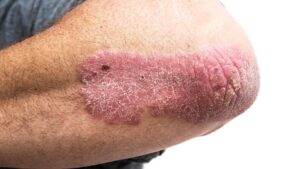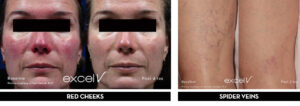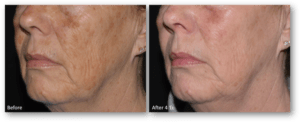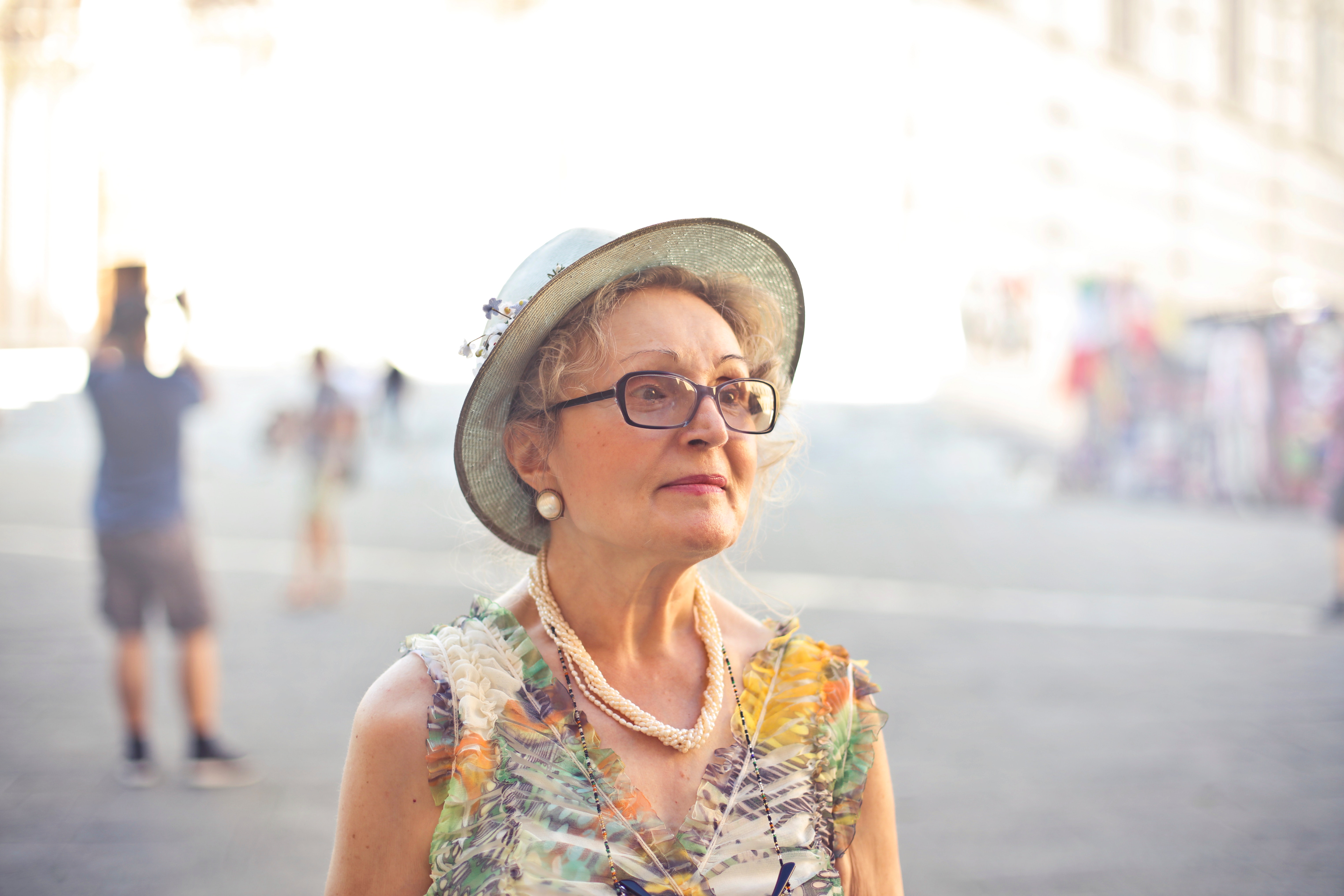
Skincare and Aging
As you get older, there are many ways your skin can show signs of age:
- It becomes thinner, loses fat, and no longer looks as smooth as it did.
- Your veins and bones can be seen more easily.
- Scratches, cuts, or bumps can take longer to heal.
- Years of tanning or being out in the sunlight for a long time may lead to wrinkles, dryness, age spots and even cancer.
However, there are things you can do to protect your skin and to make it feel and look better. Here are some important tips:
Dry, Itching Skin
Many older people suffer from dry spots on their skin. It’s often found on their lower legs, elbows, and lower arms. These dry patches can feel rough and scaly. Some of the possible reasons for dry skin are:
- Not drinking enough liquids
- Spending too much time in the sun or tanning
- Being in very dry air
- Smoking
- Feeling stress
- A reduction in sweat and oil glands, which is common with age
Dry skin also can be caused by:
- Health problems such as diabetes or kidney disease
- Using too much soap, antiperspirant or perfume
- Taking too many hot baths
- Medications
Because older people have thinner skin, scratching can cause bleeding that can lead to infections. Talk to your doctor if your skin is very dry and itchy.
Here are some ways to help dry, itchy skin:
- Use moisturizers, like lotions, creams, or ointments every day.
- Take fewer baths or showers and use milder soap. Warm water is less drying than hot water.
- Try using a humidifier to add moisture to your room.
Bruises
Older people may bruise more easily than younger people, and it can take longer for these bruises to heal. Some medicines or illnesses may also cause bruising. Talk to your doctor if you see bruises and don’t know how you got them, especially on parts of your body usually covered by clothing.
Wrinkles
Over time, skin begins to wrinkle due to environmental effects. Ultraviolet (UV) light from the sun can make the skin less elastic. Gravity can cause it to sag and wrinkle. Certain habits, like smoking, can also wrinkle the skin.
If you want to reduce wrinkles, talk to a board-certified dermatologist about possible treatments.
Age Spots and Skin Tags
Age spots, once known as “liver spots,” are flat, brown areas often caused by years in the sun. They are bigger than freckles and commonly show up on the face, hands, arms, back and feet. Using a broad-spectrum sunscreen that helps protect against two types of the sun’s rays (UVA and UVB) may prevent more age spots.
Skin tags are small, usually flesh-colored growths of skin that have a raised surface. They become common as people age, especially for women. They are most often found on the eyelids, neck, and body folds such as the armpit, chest and groin.
Age spots and skin tags are typically harmless, although sometimes skin tags can become irritated. If your age spots or skin tags bother you, talk to your dermatologist about having them removed.
Skin Cancer
Skin cancer is one of the most common types of cancer. The main cause of skin cancer is the sun, but artificial sunlight such as sunlamps and tanning booths can also cause skin cancer. Anyone of any skin color can get skin cancer, but people with fair skin that freckles easily are at greatest risk. Skin cancer may be cured if it is found before it spreads to other parts of the body.
There are three types of skin cancers. Two types, basal cell carcinoma and squamous cell carcinoma, grow slowly and rarely spread to other parts of the body. These types of cancer are usually found on parts of the skin most often exposed to the sun, like the head, face, neck, hands and arms. However, they can happen anywhere on your body. The third and most dangerous type of skin cancer is melanoma. It is rarer than the other types, but it can spread to other organs and be deadly.
Since skin cancer is rarely painful, you should check your skin once a month for things that may be signs of cancer. Look for changes such as a new growth, a sore that doesn’t heal or a bleeding mole.
Check Moles, Birthmarks, or Other Parts of the Skin for the “ABCDE’s”
A = Asymmetry (one half of the growth looks different from the other half)
B = Borders that are irregular
C = Color changes or more than one color
D = Diameter greater than the size of a pencil eraser
E = Evolving; this means the growth changes in size, shape, symptoms (itching, tenderness), surface (especially bleeding), or shades of color
See your doctor right away if you have any of these signs to make sure it is not skin cancer.
Keep Your Skin Healthy
Getting some sun is good for you, but to protect your skin, be sure to:
- Limit time in the sun. It’s okay to go out during the day, but try to avoid peak times when the sun’s rays are strongest. During the summer, try to stay out of the sun between 10 a.m. and 4 p.m. Don’t be fooled by cloudy skies — the sun’s rays can penetrate clouds. You can also get sunburned if you are in water, so be careful when you are in a pool, lake, or the ocean.
- Use sunscreen. Look for sunscreen with an SPF (sun protection factor) number of 15 or higher. It’s best to choose sunscreens with “broad spectrum” on the label. Put the sunscreen on 15 to 30 minutes before you go outside. Sunscreen should be reapplied at least every two hours. You need to put sunscreen on more often if you are swimming, sweating, or rubbing your skin with a towel.
- Wear protective clothing. A hat with a wide brim can shade your neck, ears, eyes and head. Look for sunglasses that block 99 to 100 percent of the sun’s rays. If you must be in the sun, wear loose, lightweight, long-sleeved shirts and long pants or skirts.
- Avoid tanning. Don’t use sunlamps or tanning beds. Tanning pills are not approved by the U.S. Food and Drug Administration (FDA) and might not be safe.
“Aging skin doesn’t have to be a detriment,” says DeSilva Dermatology’s Dr. Thushan DeSilva. “There are many treatments available to improve its appearance and enhance its ability to protect your body — which is one of your skin’s main purposes.”
Call DeSilva Dermatology at (830) 331-4150 to schedule your consultation today.

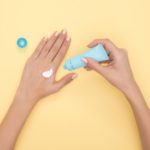 Previous Post
Previous Post Next Post
Next Post
